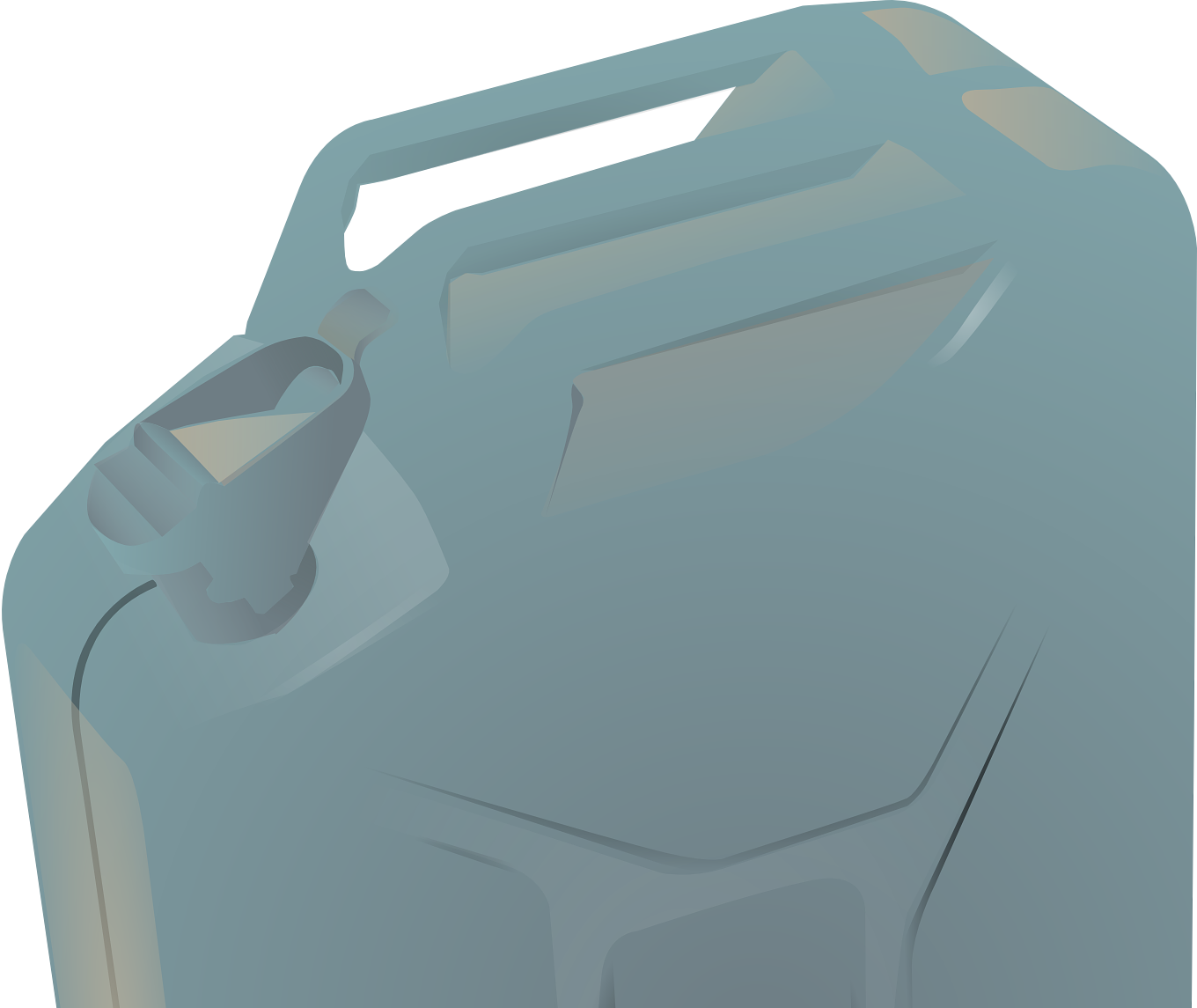Driving at Work
Posted on 31st January 2024 at 15:16
It is important for employers to ensure the safety of employees when driving vehicles, whether they are driving cars, vans, motorbikes etc, on the road as part of a work activity. Just as much as health and safety laws apply to all construction sites, they also apply to when employees drive on the road. The driver’s health and the condition of the vehicle are to be assessed prior to driving, as the driver’s mental and physical health affect their driving, along with the vehicle not being in a good condition, can increase the risk of danger on the road.
A risk assessment must be carried out as part of health and safety arrangements, taking into account the driver, the vehicle and the journey to be taken. The following hazards to consider include:
• The condition of the vehicle
• The roadworks, traffic and congestion
• Weather
• Fatigue and/or distractions
• Pressure of time
• The behaviour of other drivers















